When I first started to follow a low histamine diet I ate the same meals over and over again, and they were often really bland and lacking flavour. I am a big lover of strong tastes such as balsamic vinegar, olives and curry, but these are restricted on this form of diet. For a while I was pretty stumped and resigned myself to boring food.
Thankfully, as I have come to really enjoy making low histamine recipes I have also learnt how to add lots of flavor to them. It's true that it is a little more challenging, but I hope the ideas below (drawing on the SIGHI food list for histamine) give you lots of food for thought (pun intended!) on how to get herby, creamy, salty, acidic, tart or sweet flavors into your meals for you to enjoy!
If you have any concerns over food allergies or sensitivities then consult with a doctor or dietician before introducing new foods. This post is for informational purposes only and does not constitute medical or dietetic advice.
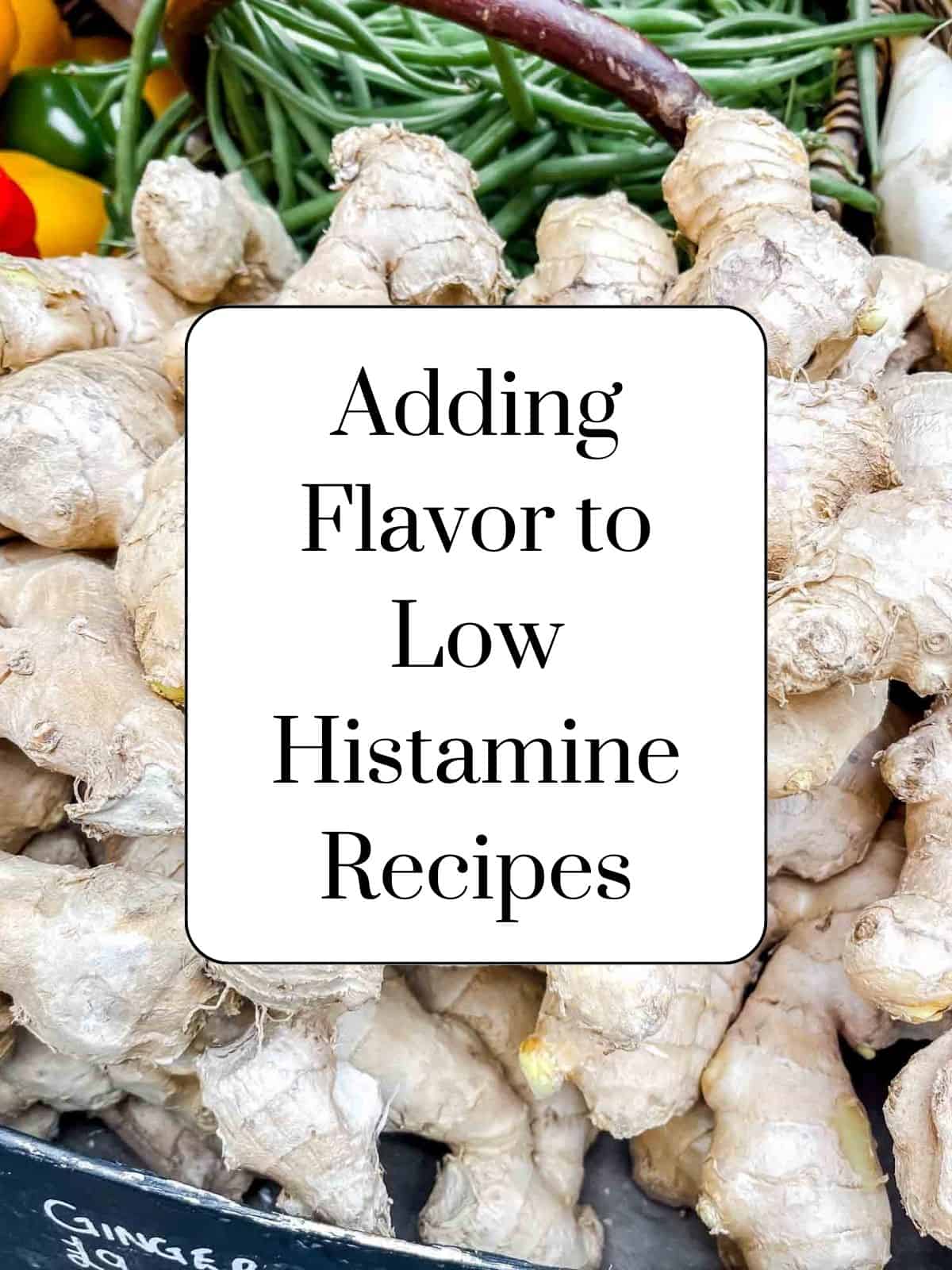
Herbs
For as long as I can remember I have kept fresh herb plants on my windowsill and there are many jars of dried herbs in my kitchen cupboards. Adding herbs to your savoury dishes is one of the easiest ways to make them really flavorful. There are so many low histamine herbs to choose from, and they each have their own distinctive flavour to enjoy.
I pretty much always add a pinch (or more!) of fresh or dried herbs to savory dishes such as soups, risotto and pasta. You can also use herbs in toppings, such as in my white fish with a pistachio herb crumb topping, add into a salad alongside other salad leaves or bruise and make into herb oil to drizzle over traybakes or other dishes. The possibilities are endless!
Some low histamine herbs for you to try:
Thyme - really versatile and adds flavor to savory dishes.
Sage - a deep earthy flavor. Works brilliantly with butternut squash and pumpkin dishes such as my pumpkin pasta sauce without cream - use sparingly though!
Coriander / cilantro - a love it or hate it herb. I love it!
Basil - a favorite of mine. Great for Italian-style dishes.
Oregano - not just for pizza! A distinctive taste for lots of recipes.
Parsley - a classic for sprinkling over, well, everything!
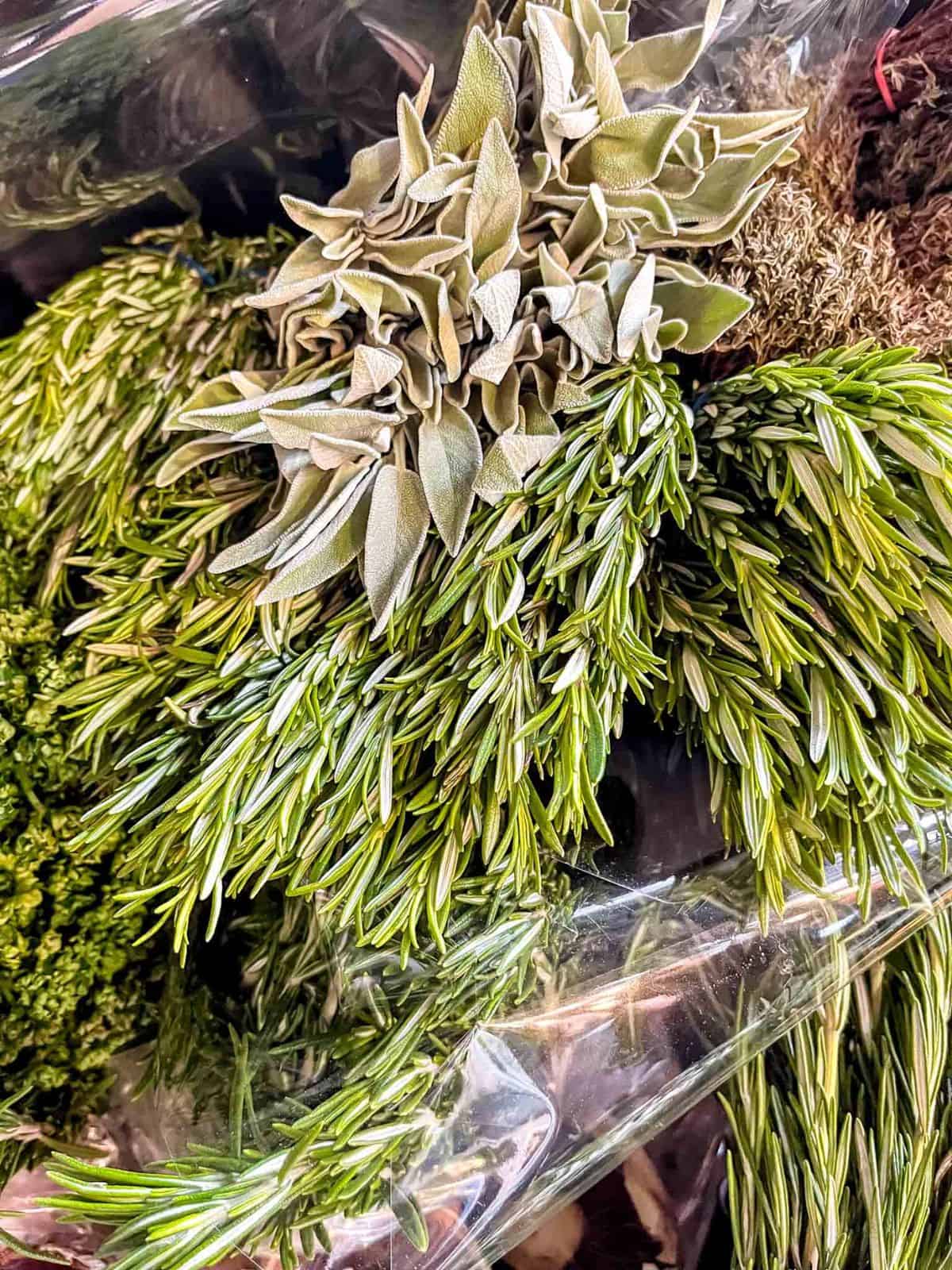
Spices
Strong spices such as hot paprika, curry and chili peppers are definitely a no-go on a low histamine diet per the SIGHI list, and so many doctors have told me to avoid them. But there are many other spices that can add lots of flavor to your dishes!
Spices for more savoury dishes:
Sweet paprika - a real find, and adds a lot of flavor. I was so happy when I saw this was low histamine on the SIGHI list! I add some to sweet potato wedges, make a tasty creamy paprika chicken or paprika chicken soup for dinner, and you can use it as a rub for meat or vegetables too. A different taste to regular paprika, with much less heat (if any really) and a slightly sweet taste.
Turmeric - great for adding to vegetables, stir-frys and I use it in my coconut turmeric quinoa risotto and turmeric chicken recipe. It's a flavorful addition to many dishes and you have to love that bright yellow colour!
Caraway (Carum carvi - not cumin) - packs a punch with flavor, and is great in stews.
Spices for sweeter dishes:
Cinnamon - delicious stirred into porridge and in sweet dishes. It is a little controversial in terms of histamine. While the SIGHI list rates it as 0, other histamine lists have it as higher histamine. Only use if you know you are able to tolerate.
Nutmeg - another spice that is most used in sweeter dishes such as for porridge, cakes or dessert recipes. Scores 1 on the SIGHI list.
Cardamom - this can actually actually be used for both sweet and savory dishes, and you will find it in both my cardamom drink, cardamom oatmeal cookies and cardamom overnight oats to name a few. Scores 0 on the SIGHI list, but with a note saying that some varieties may not be well tolerated.
Acids
The easiest way to add an acidic element to food is either through vinegar or citrus. Unfortunately, citrus is pretty much out on a low histamine diet, with oranges, lemons and limes scoring highly on the SIGHI food list for histamine.
With vinegar though, we have a couple of options depending upon your personal sensitivities. Certain vinegars such as balsamic and red or white wine vinegars score really highly for histamine, so we want to avoid those and some people can't tolerate vinegar at all. Some of us though are OK with small amounts of the vinegars that score as low histamine:
White distilled vinegar scores as 0 on the SIGHI food list.
Apple cider vinegar scores higher, as a 1 on the list.
If you can tolerate these vinegars, they are great for adding that sharp taste to foods such as salad dressings along with oil, herbs, honey or maple syrup. It also adds another layer of flavor to risotto, soups and sauces.
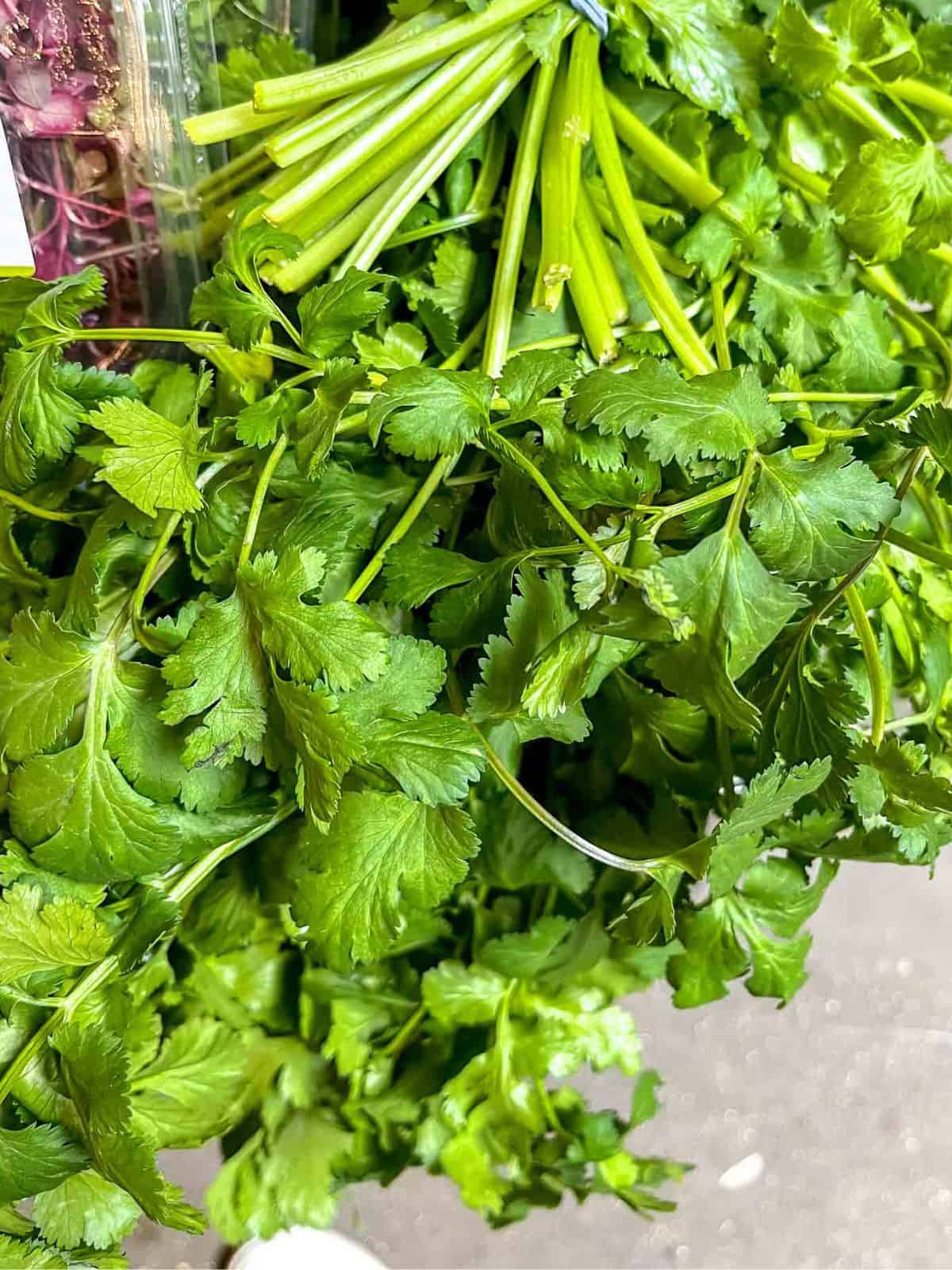
Salt
Adding a salty taste is the easiest - just add salt! I don't think I could have my regular or sweet potato wedges without a little sprinkle of salt and I add small amounts to most savoury meals.
Personally my favorite salt is pink Himalayan salt as it is less harsh tasting than regular table salt. It also has a higher concentration of minerals and is less processed, which always seems to be a good thing!
Tartness
A tart flavor is usually thought of as a fruity sourness, but in a good way! Lemon and lime have a tart flavor, but as we can't have those I have found one flavor that subs in for me - pomegranate juice. I usually buy fresh pomegranate but you can also buy cartons of pomegranate juice.
It's one of my new favorite finds in terms of taste and is really versatile. Of course, you can just eat pomegranate seeds themselves, and I love some sprinkled into a fruit salad or over a regular salad.
As well as making everything look pretty, they add that slightly sharp taste. I also love to use this fruit to make pomegranate vinaigrette, which is divine over a salad, or to make my fun pomegranate mocktail for evening drinks.
Creaminess
There are two main ways to add creaminess to your low histamine sweet treats or savory dishes that work well with that smooth taste - cream and coconut milk or coconut cream. I'm also experimenting with blending 'allowed' nuts such as macadamia nuts for their smooth creamy taste.
Cream - scores as 0 on the SIGHI list but with the caveat that it can often contains intolerated additives. If you are OK with cream, then you have to check out my passion fruit posset recipe! It's my favourite sweet treat recipe so far.
Coconut milk - also scores as 0 and I use it in a great deal of my cooking as it is so versatile. It's silky-smooth and adds a comforting texture and flavor. As coconut milk, it works perfectly in savory dishes such as soups and risotto. My quinoa sweet potato bowl is such a favorite of mine.
Coconut cream, the thicker cream you find at the top of a can of coconut milk, can be used in place of cream to top baked or grilled fruit.
Macadamia nuts - if you follow a vegan or plant-based diet you will see tons of recipes including cashew nuts (usually soaked first) being used in place of dairy to add a creamy taste to pasta sauces or other dishes. Well, we can't do cashews, but we can have macadamia nuts and they have a similar creamy consistency. I'm trying them out for future low histamine recipes! Nuts are slightly controversial in terms of histamine, so be mindful of personal sensitivities.
Sweetness
Artificial sweeteners aren't the best for any diet, and definitely not a great idea for those on a low histamine diet. There are quite a few different means to sweeten food, whether with regular sugar or, as I prefer, with honey or syrups.
If you have a sweet tooth then you may like my low histamine sweet treats ebook!
All the following score 0 on the SIGHI list:
Maple syrup - my absolute favorite for drizzling on porridge in the morning, or for making sweet treats.
Agave syrup - I tend to use this as a sub for honey in sweeter dishes if it needs to be fully plant-based.
Honey - so decadent, flavorful and great on toast with some warm apple slices!
Hope you found lots of ways to make flavorful and not non-boring low histamine meals. Let me know in the comments if you have any hacks for adding flavor to your low histamine recipes!
Related posts
Low histamine teas and coffee alternatives
I'm always in the kitchen, so come find me on Instagram to be the first to hear of new recipes!

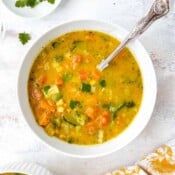
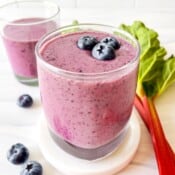
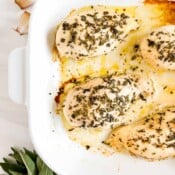
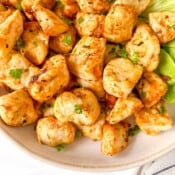
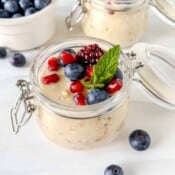
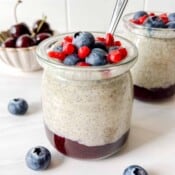
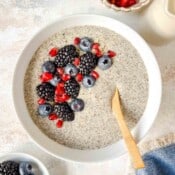

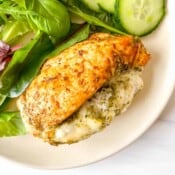
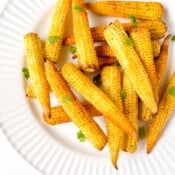
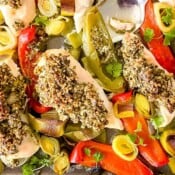
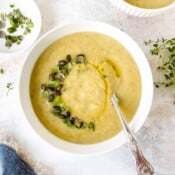
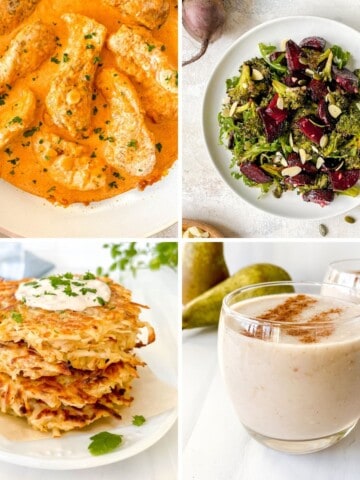
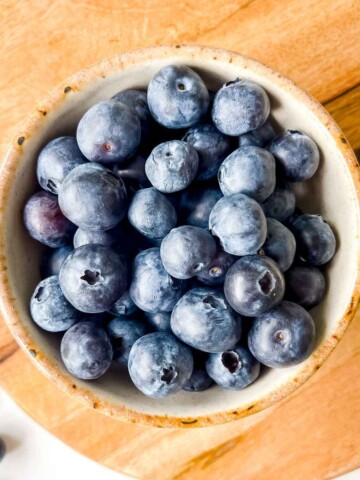
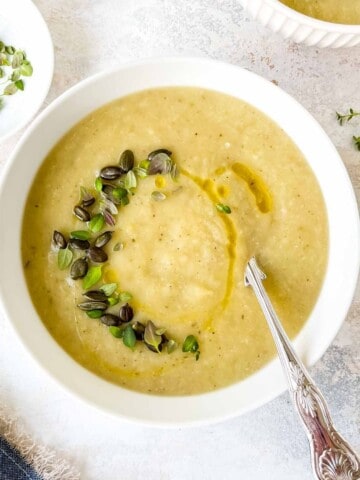
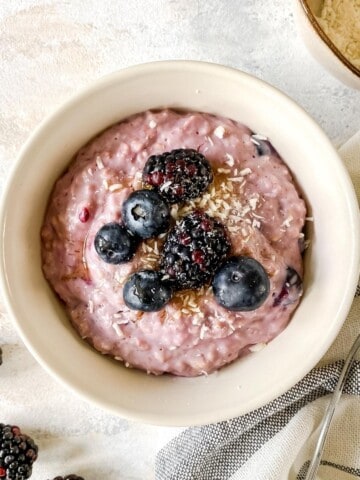
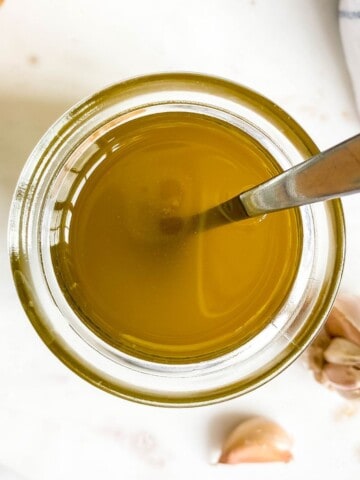
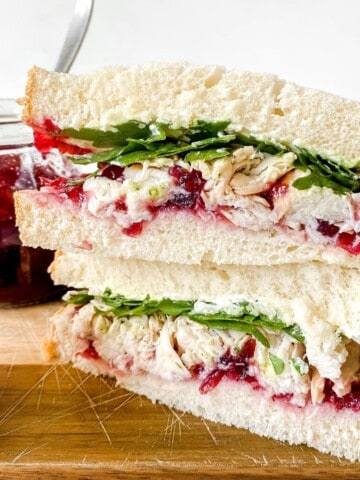
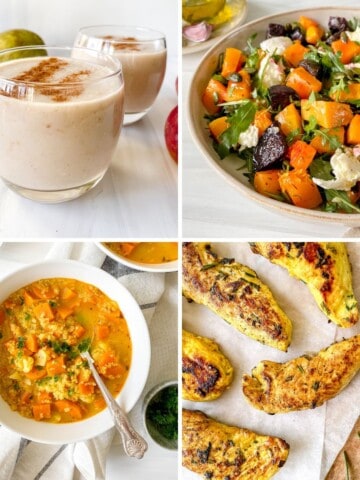
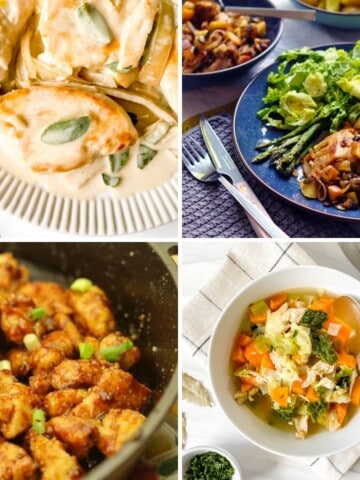
Tee says
Do you find that you can tolerate black pepper? I use it on everything, and am struggling with losing it.
Claire says
I think tolerating black pepper with MCAS is quite individual. It is higher histamine on the SIGHI list. Personally I can have a little sprinkle, but not too much. If you have any doubts, it's best to work with a dietician to figure out which foods are OK for you 🙂
Tee says
Thank you!
Monz says
Coconut aminos? As soy sauce sub?
throughthefibrofog says
Coconut aminos are made from fermented sap of coconut palm, so may not be suitable. Fermented foods are usually higher histamine but you may wish to check with a dietician for your personal circumstances.
Melanie says
I tolerate coconut aminos better than soy sauce but I still have some histamine reaction going on. This is what we use for our chicken stir fry as a sub for soy sauce: toasted sesame oil and salt. It's not a perfect sub but it's simple and still taste good. The toasted sesame oil gives it the dark taste and pink salt gives the saltiness. I've seen one low histamine recipe using. I think could work well but I never have any low histamine meat broth made up to try. I think the recipe is on low histamine baby.
Claire says
The issue with coconut aminos I believe is that they are fermented which can be problematic for some with histamine reactions. Perhaps make up a big batch of broth and then freeze it?
Alison Fegyveres says
Thank you so much for writing this article Claire, I found it so practical and answered so many of my questions! I am trying to cook interesting foods for my teenage daughter, who has histamine intolerance, and finding a way to add flavour is a real challenge. I don't live in a country where we can easily buy Apple Cider Vinegar but hopefully we'll be able to get it shipped here. Finding out about pomegranate juice is great so I'm going to try that next. How about Soy Sauce? Have you found any flavour to replace that if making Asian style foods? Keep up the great work! 🙂
throughthefibrofog says
Hi Alison, so glad you found the article helpful! Adding flavour can be a challenge can't it. With the vinegar, you may want to try very small amounts of white distilled vinegar first to see if your daughter tolerates it, as it is described as being lower histamine on the SIGHI list. And no, haven't found a soy sauce substitute unfortunately - wish I knew of one myself as I miss it a lot!